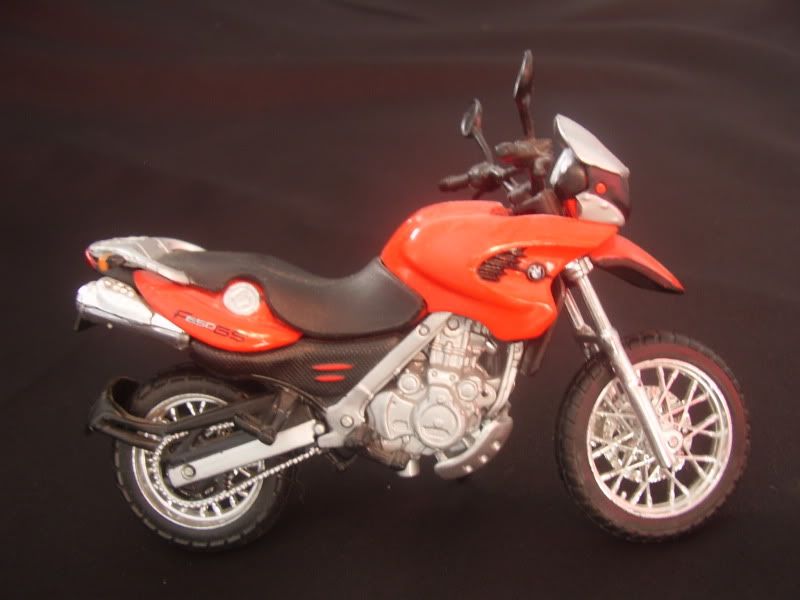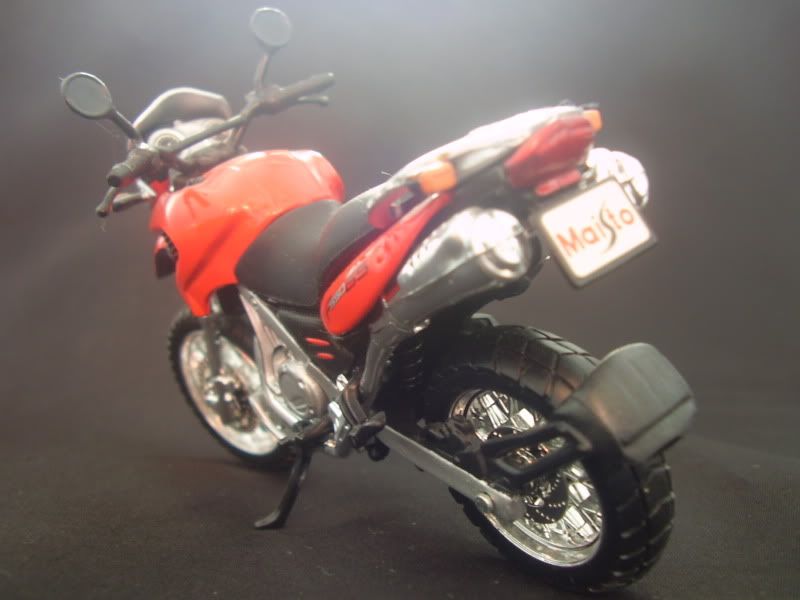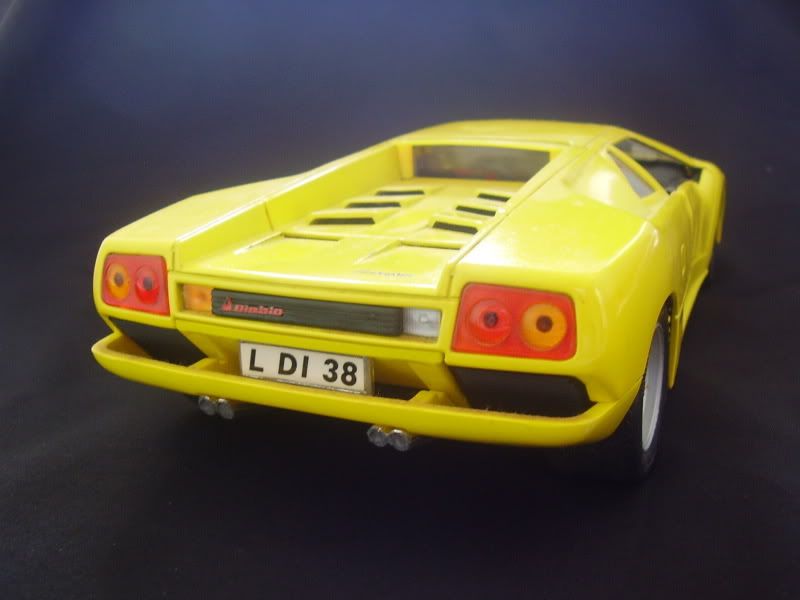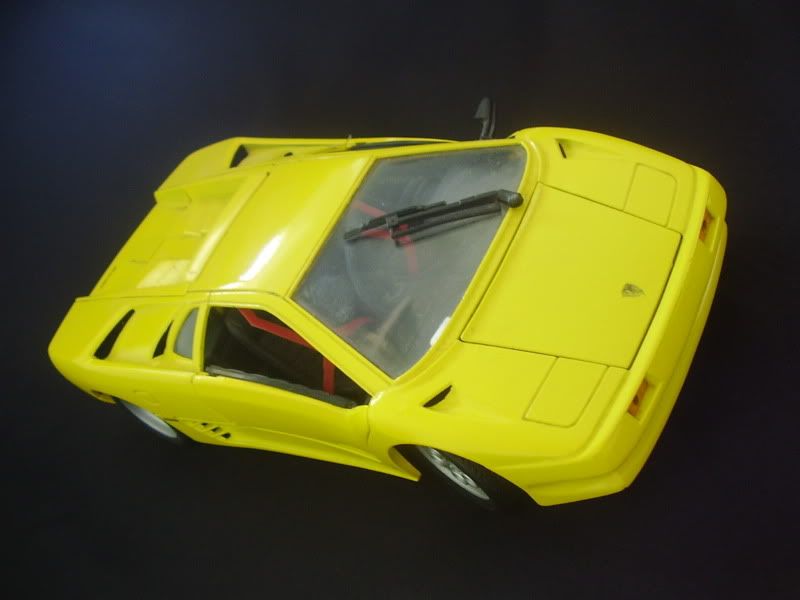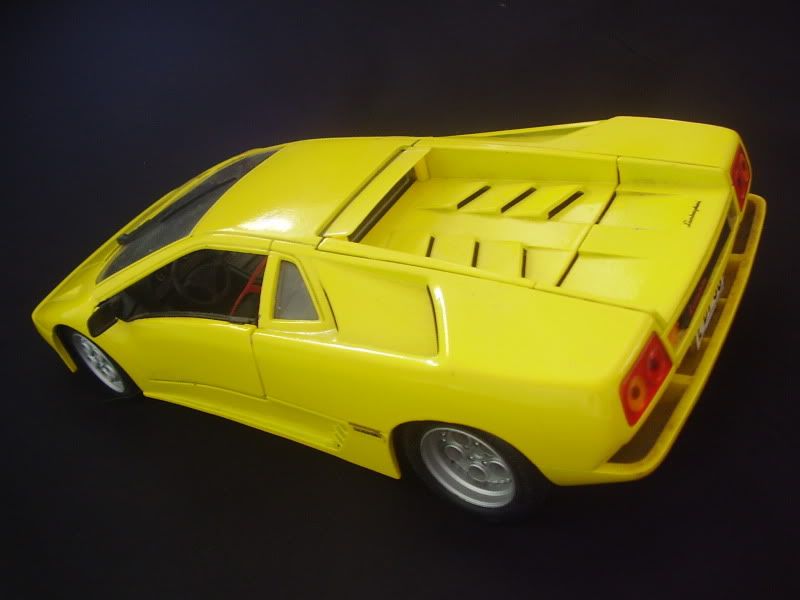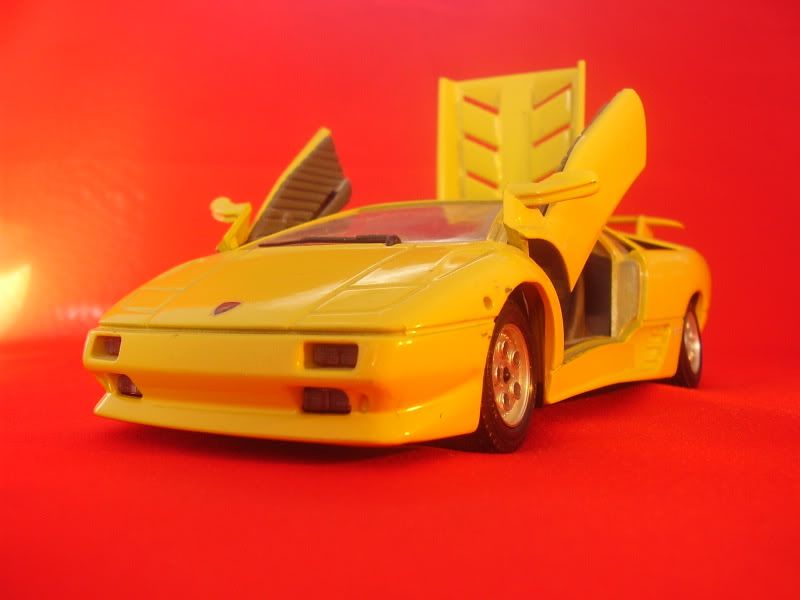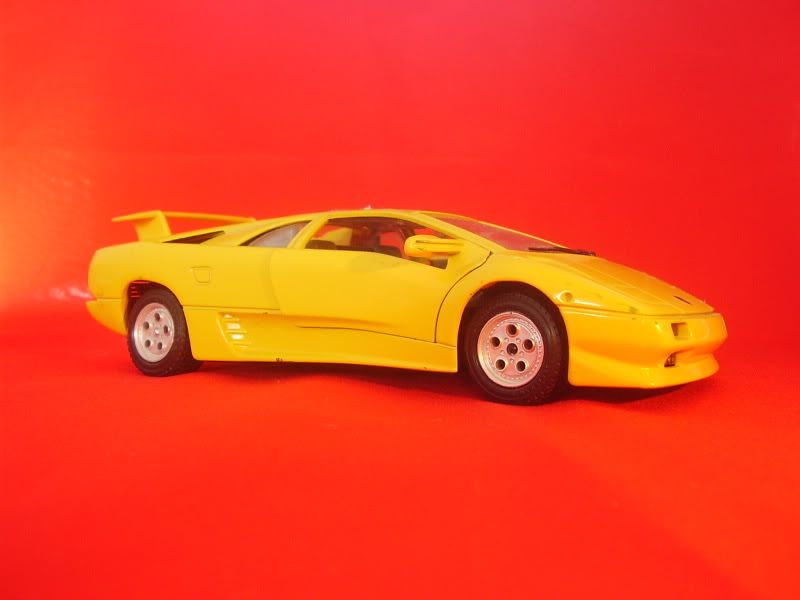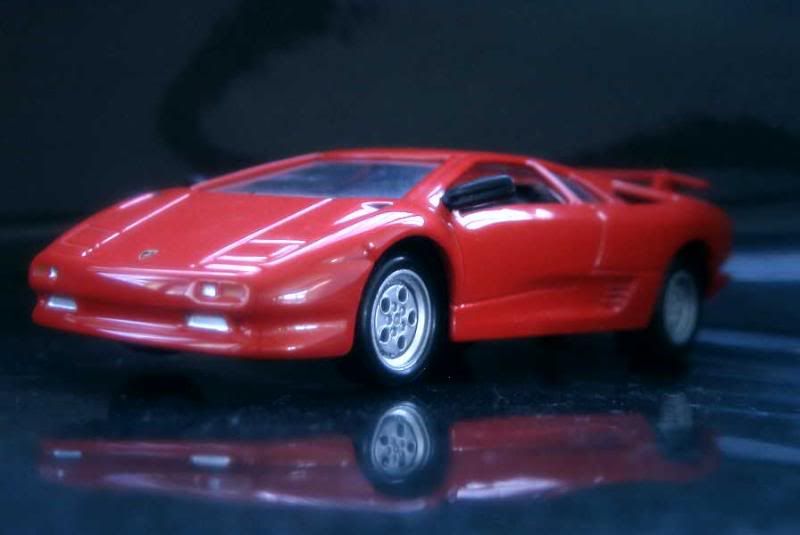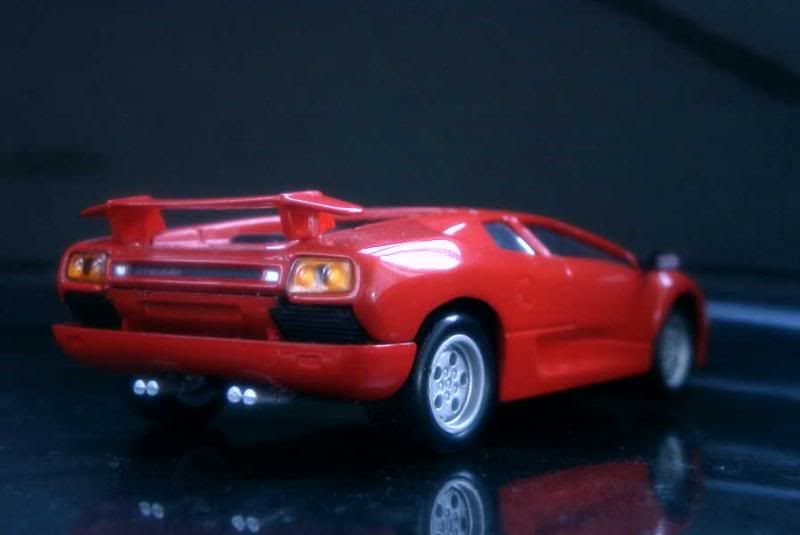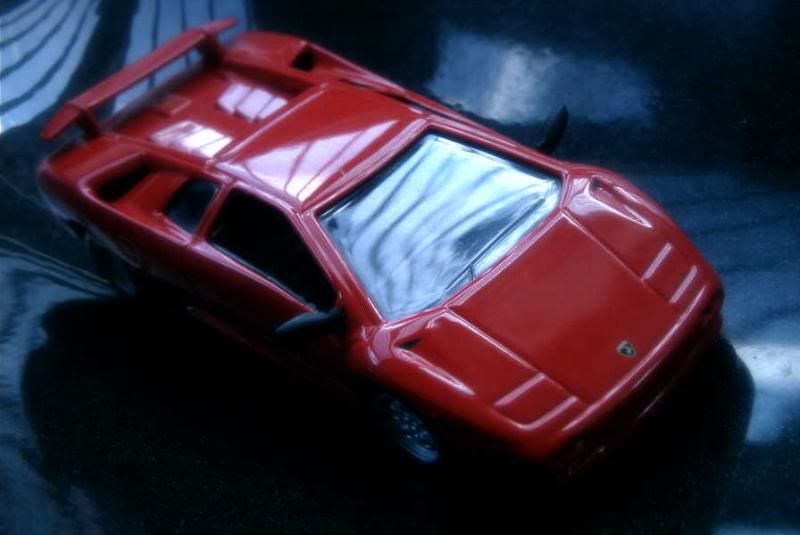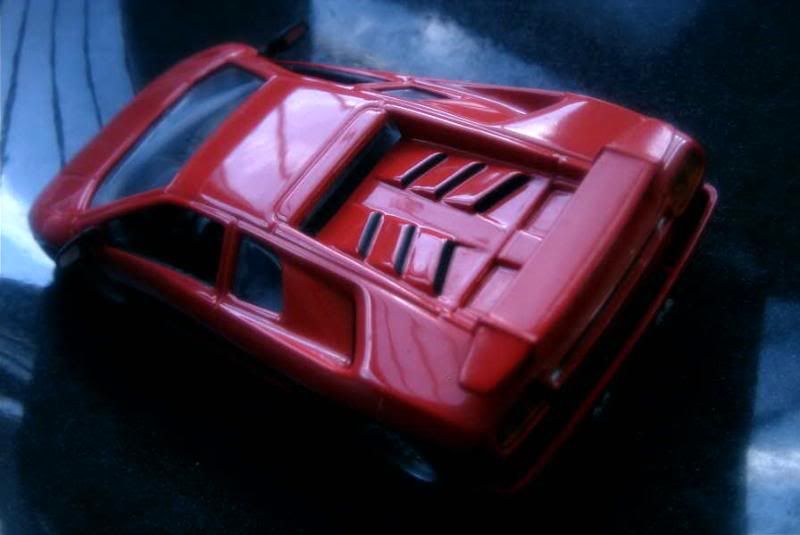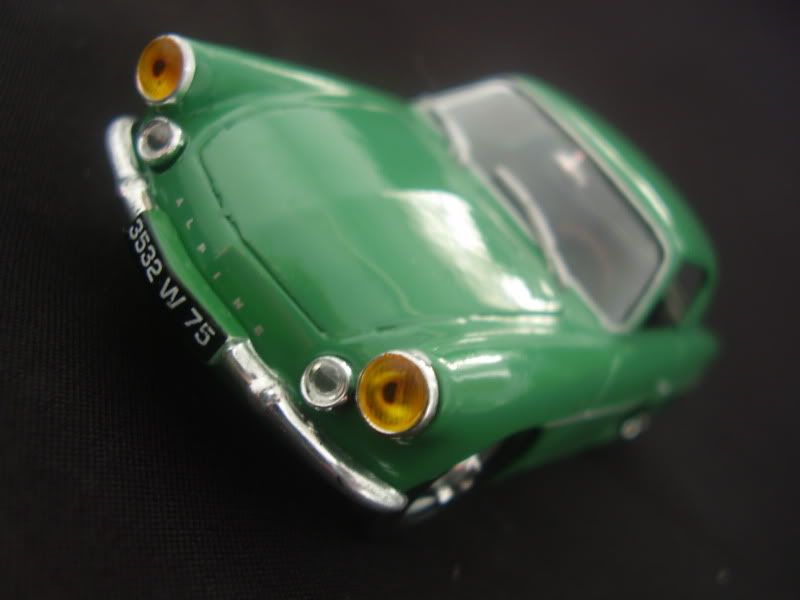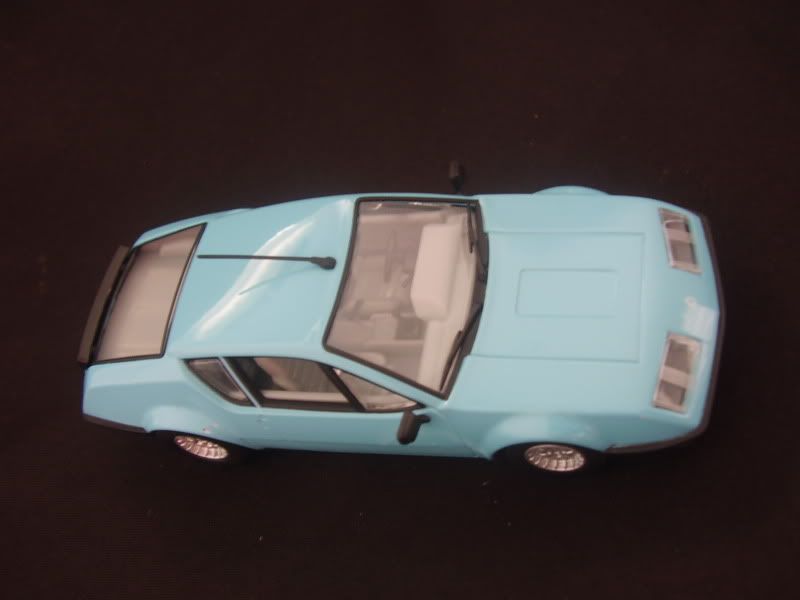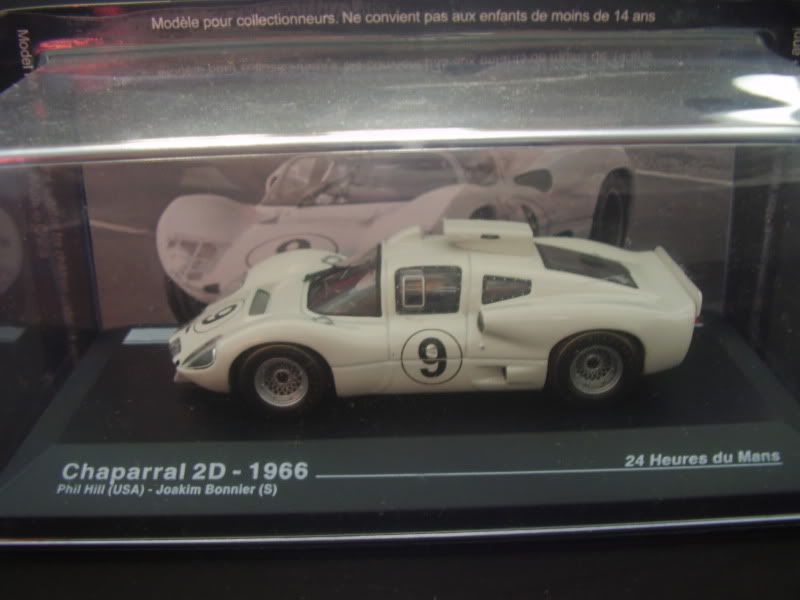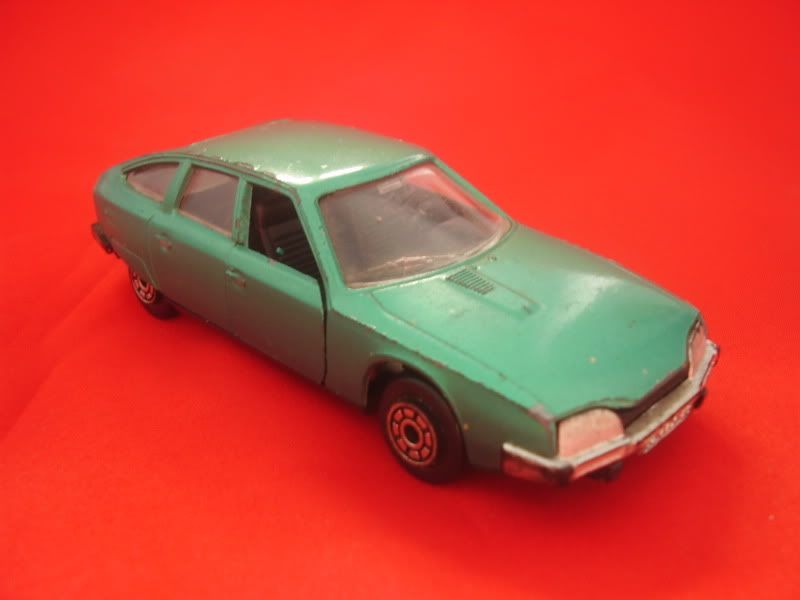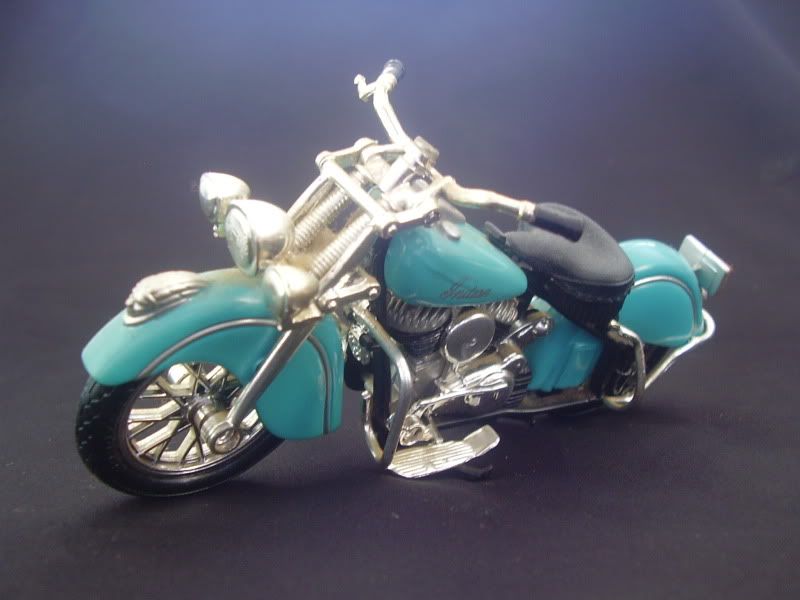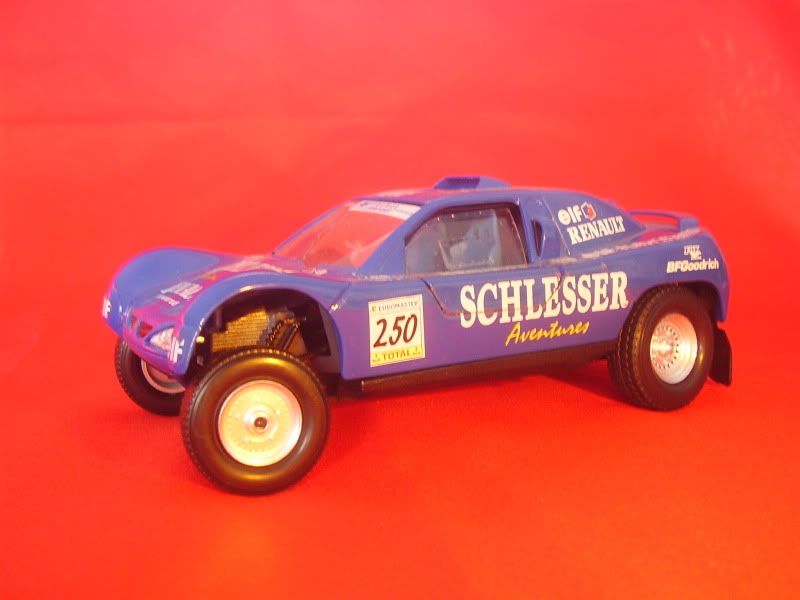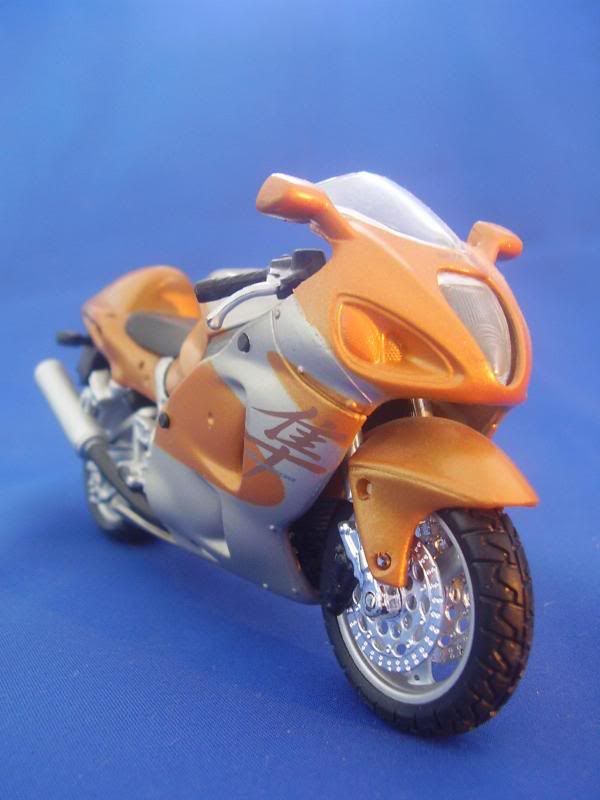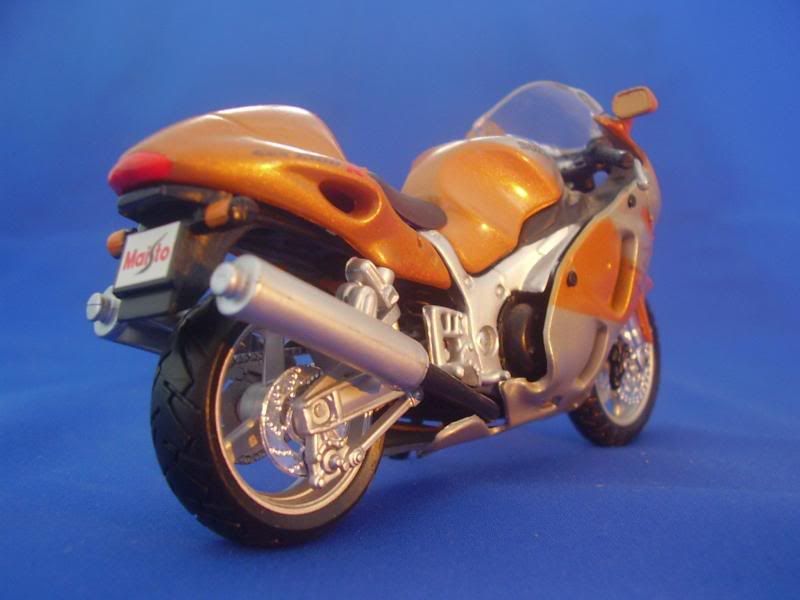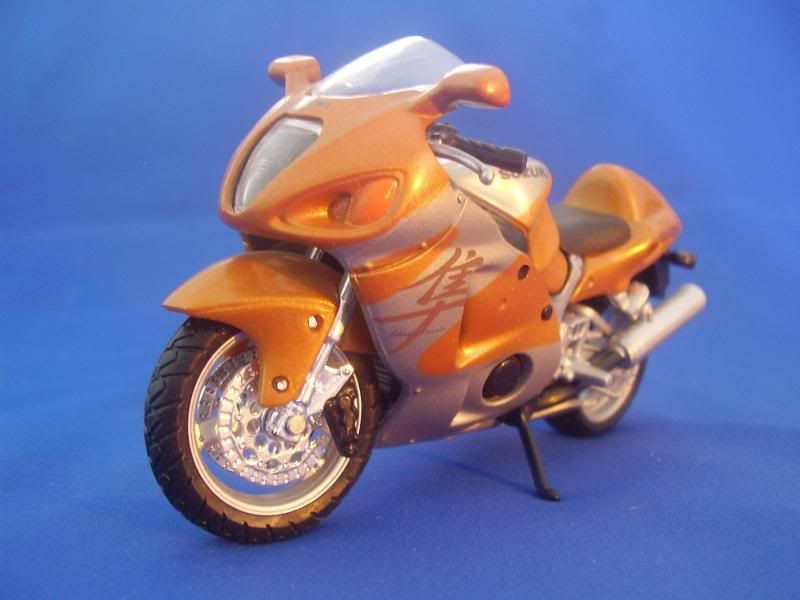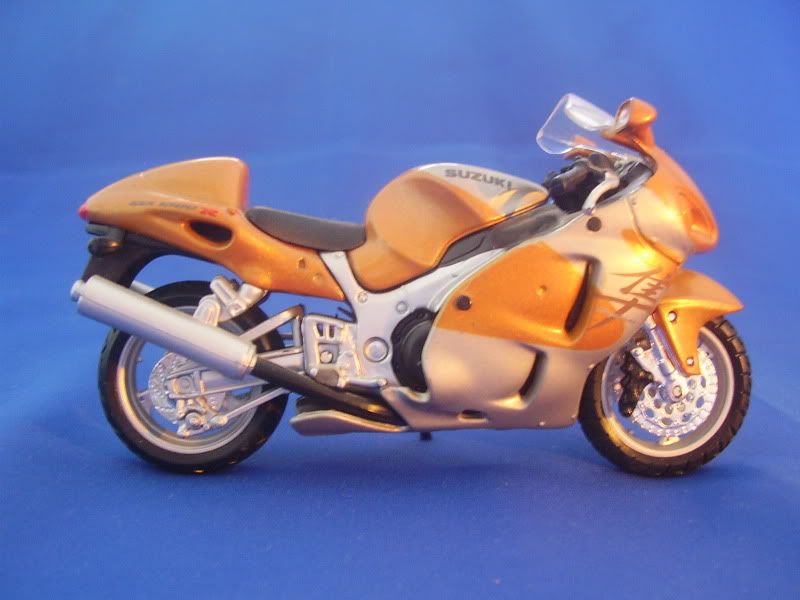A little history
When one thinks about American cars, stereotypes most probably come to his or her mind, as hefty sizes and weights, chromes, V8 engines, and so on. Still, American engineers sometimes proved to be capable of creating something original. In the case of the Corvair, they were poorly rewarded for their efforts.
The Corvair’s concept was due to Edward Nicholas “Ed” Cole, on Chevrolet’s payroll since 1933. During the Fifties, he was named chief engineer, then general manager of General Motors’ biggest seller. He already had an eye on the many rear-engine cars developed in Europe, particular the Volkwagen Beetle, so different from anything Detroit was producing, yet so popular in America. So Cole thought the time was ripe for an American-made rear-engine automobile.
The Corvair, as it was to be called, would be a compact car. Nash and its successor AMC had opened the way with the Rambler, imitated by Studebaker and its Lark. Simultaneously, imports peaked by the end of the decade. The three major corporations had to react and each prepared a compact car of their own. This riposte took the shape of three compacts that all appeared for model year 1960. Ford unveiled the Falcon, a very conventional car and, as it turned out, the most popular of the bunch. Plymouth introduced the Valiant, which unfortunately suffered from a tormented style announcing the odd-looking Chrysler cars of the next few years – until the group’s chief designer Virgil Exner finally got the boot. Concurrently, Chevrolet presented its Corvair, fitted with a rear-mounted, air-cooled flat six. Completely new to GM’s engineers, this original architecture had proved difficult to develop – even after entering production, the Corvair’s engine would leak oil in enormous proportions. Its main problem though would come from its rear suspension. The swing axle should have been complemented by an anti-roll bar. GM’s accountants didn’t follow the engineers’ suggestion: with all its unusual technologies, the Corvair was expensive to build, and some costs had to be cut to make the car competitive on the market. This choice would prove decisive in the catastrophe that loomed ahead.
Still, things were not going so bad yet. Sales were inferior to those of archrival Ford, but good enough. Performance was rather limited, though the 2.3-litre six was working hard to provide at least good acceleration, but the body had been masterfully crafted – ironically, the Corvair’s look would inspire many designers: the NSU Prinz 4, the Simca 1000, the Hino Contessa, or the Fiat 1300/1500 all mimicked the unsuccessful Chevrolet. In addition to this, the range was limited at first, including only only two- and four-door sedans. Developing Chevrolet’s offer could help, so during the next few years many models being added to the catalogue: the short-lived Lakewood station wagon, the Greenbrier minibus and Corvan 95 van and pickup, and a convertible. But it was the Monza Spyder that determined the future of the car. Launched in 1962, it added to the car a turbocharger (a rare equipment in those days), boosting the power to 150 hp and transforming the Corvair, with its peculiar handling, into an affordable sportscar. The whole range benefited from the new image carved by the Monza Spyder, finding a niche that allowed it to remain on Chevrolet’s pricelist despite the introduction of a more conventional compact, the Chevy II.
Sold as a sporty compact, could the Corvair finally be a success? Two elements played against it, once again. The first was the introduction of the Ford Mustang halfway through model year 1964. Compact, nimble, cheap, sporty, somewhat different, the new Ford was all this… as the Corvair had been before it. That is to say, the Mustang could do anything the rear-engine Chevrolet did, only better. In particular, the Corvair had to settle with its turbocharged six as its most potent engine, while the Mustang offered V8s and a whole range of optional heavy-duty parts that could turn it into a genuine performance machine. Inevitably, the Corvair was rapidly expelled from its very last stronghold.
The second event that negatively affected the Corvair’s career was the book from a then-unknown lawyer, Ralph Nader. In Unsafe at any speed, Nader violently denounced the absence of concern the manufacturers demonstrated for safety. All automobile companies were under fire – even Rolls-Royce was cited – but no car received harsher critics from Nader than the Corvair, which handling was supposedly extremely hazardous. In addition, Nader argued that in case of a frontal shock, the driver would be impaled by the steering column. Many claims later proved to be, at least, grossly exaggerated, but the fatal blow had already been given nonetheless.
Nader’s attacks paradoxically came as the Corvair was bettering itself. For 1965, a second generation of the car was unveiled. The swing axle gave way to a much superior independent suspension on all four wheels. One year later, Chevrolet would face Ralph Nader’s critics by fitting a two-piece steering column, then a collapsible one after another year. Best of all perhaps, the new Corvair, inspired in part by the Corvette Stingray, was lower and longer, and definitely very elegant.
Alas, this second Corvair was leading a fight that was already lost. In 1966, Chevrolet decided to stop the development of the car to concentrate on its challenger to the Mustang’s supremacy, the oncoming Camaro. Shortly thereafter, advertisement expenses were drastically reduced. Year after year, demand unsurprisingly dropped. Production figures were six-digits numbers when the car had been initially launched; in 1969, for its very last year, only six thousand left the factory. A sad end for a car that has been extremely ambitious at its outset.
About the model
Model: Chevrolet Corvair Monza
Year: 1969
Maker: Yat Ming
Scale: 1/18
Distributed by: Road Signature
Acquired: brand new, in November 2004, in Manila, Philippines
Excellent model by Yat Ming. With the exception of its engine, too much plastic-like to my taste, all details of this die-cast have been carefully crafted. My rating is 14/20.
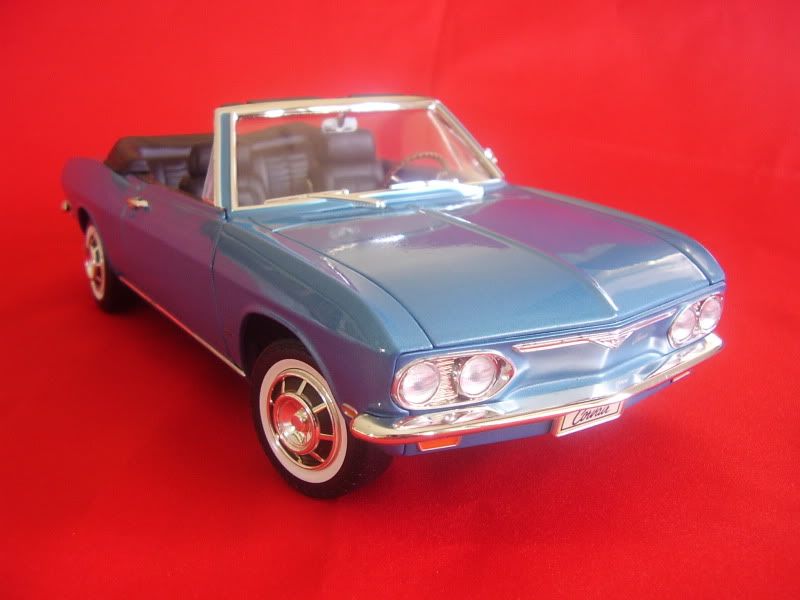
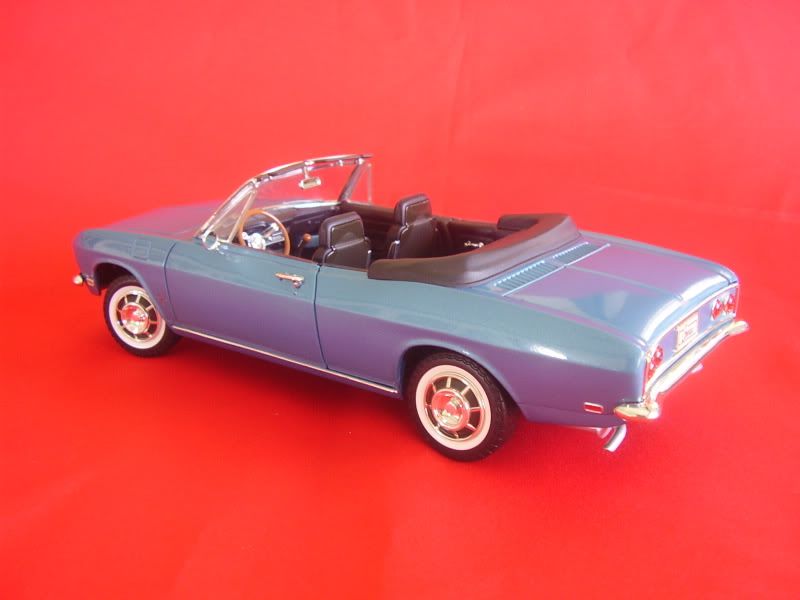
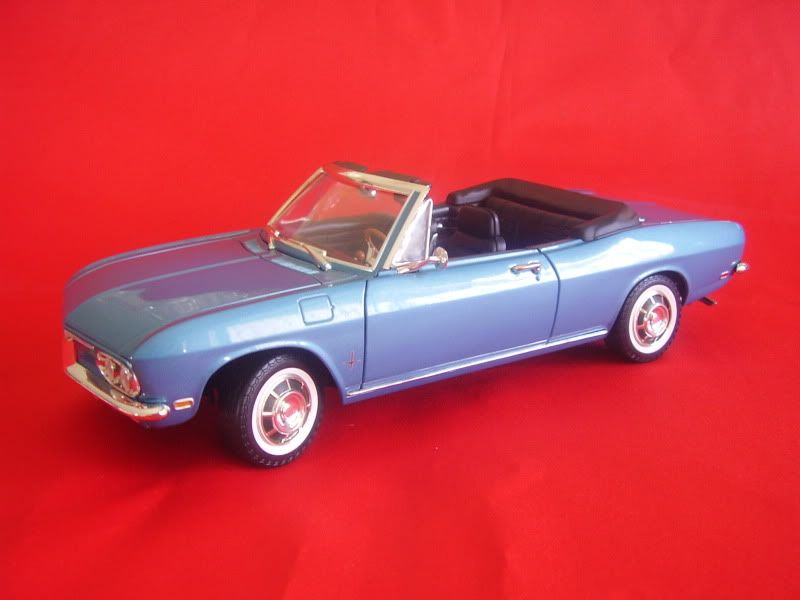

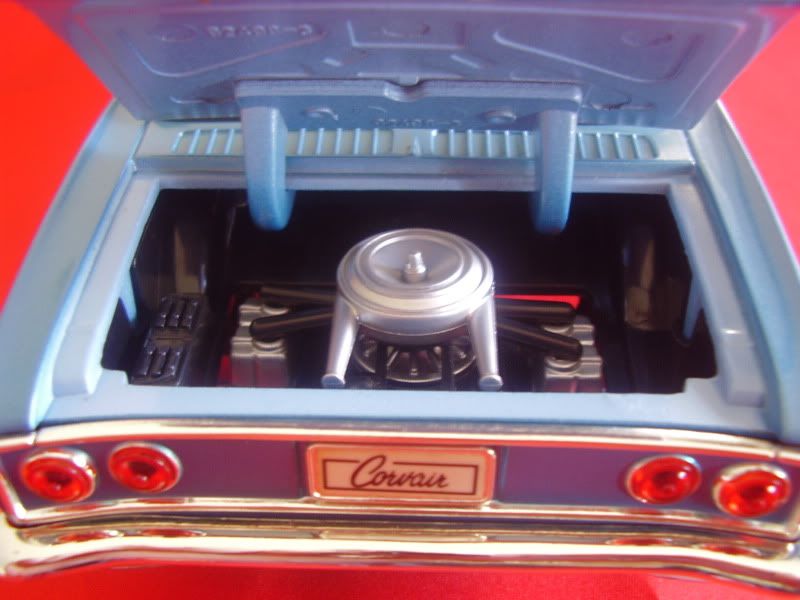

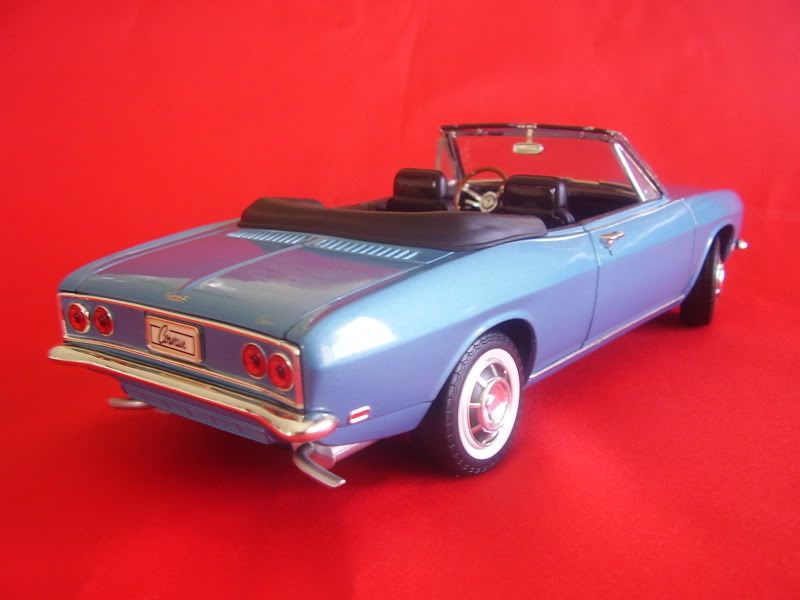
When one thinks about American cars, stereotypes most probably come to his or her mind, as hefty sizes and weights, chromes, V8 engines, and so on. Still, American engineers sometimes proved to be capable of creating something original. In the case of the Corvair, they were poorly rewarded for their efforts.
The Corvair’s concept was due to Edward Nicholas “Ed” Cole, on Chevrolet’s payroll since 1933. During the Fifties, he was named chief engineer, then general manager of General Motors’ biggest seller. He already had an eye on the many rear-engine cars developed in Europe, particular the Volkwagen Beetle, so different from anything Detroit was producing, yet so popular in America. So Cole thought the time was ripe for an American-made rear-engine automobile.
The Corvair, as it was to be called, would be a compact car. Nash and its successor AMC had opened the way with the Rambler, imitated by Studebaker and its Lark. Simultaneously, imports peaked by the end of the decade. The three major corporations had to react and each prepared a compact car of their own. This riposte took the shape of three compacts that all appeared for model year 1960. Ford unveiled the Falcon, a very conventional car and, as it turned out, the most popular of the bunch. Plymouth introduced the Valiant, which unfortunately suffered from a tormented style announcing the odd-looking Chrysler cars of the next few years – until the group’s chief designer Virgil Exner finally got the boot. Concurrently, Chevrolet presented its Corvair, fitted with a rear-mounted, air-cooled flat six. Completely new to GM’s engineers, this original architecture had proved difficult to develop – even after entering production, the Corvair’s engine would leak oil in enormous proportions. Its main problem though would come from its rear suspension. The swing axle should have been complemented by an anti-roll bar. GM’s accountants didn’t follow the engineers’ suggestion: with all its unusual technologies, the Corvair was expensive to build, and some costs had to be cut to make the car competitive on the market. This choice would prove decisive in the catastrophe that loomed ahead.
Still, things were not going so bad yet. Sales were inferior to those of archrival Ford, but good enough. Performance was rather limited, though the 2.3-litre six was working hard to provide at least good acceleration, but the body had been masterfully crafted – ironically, the Corvair’s look would inspire many designers: the NSU Prinz 4, the Simca 1000, the Hino Contessa, or the Fiat 1300/1500 all mimicked the unsuccessful Chevrolet. In addition to this, the range was limited at first, including only only two- and four-door sedans. Developing Chevrolet’s offer could help, so during the next few years many models being added to the catalogue: the short-lived Lakewood station wagon, the Greenbrier minibus and Corvan 95 van and pickup, and a convertible. But it was the Monza Spyder that determined the future of the car. Launched in 1962, it added to the car a turbocharger (a rare equipment in those days), boosting the power to 150 hp and transforming the Corvair, with its peculiar handling, into an affordable sportscar. The whole range benefited from the new image carved by the Monza Spyder, finding a niche that allowed it to remain on Chevrolet’s pricelist despite the introduction of a more conventional compact, the Chevy II.
Sold as a sporty compact, could the Corvair finally be a success? Two elements played against it, once again. The first was the introduction of the Ford Mustang halfway through model year 1964. Compact, nimble, cheap, sporty, somewhat different, the new Ford was all this… as the Corvair had been before it. That is to say, the Mustang could do anything the rear-engine Chevrolet did, only better. In particular, the Corvair had to settle with its turbocharged six as its most potent engine, while the Mustang offered V8s and a whole range of optional heavy-duty parts that could turn it into a genuine performance machine. Inevitably, the Corvair was rapidly expelled from its very last stronghold.
The second event that negatively affected the Corvair’s career was the book from a then-unknown lawyer, Ralph Nader. In Unsafe at any speed, Nader violently denounced the absence of concern the manufacturers demonstrated for safety. All automobile companies were under fire – even Rolls-Royce was cited – but no car received harsher critics from Nader than the Corvair, which handling was supposedly extremely hazardous. In addition, Nader argued that in case of a frontal shock, the driver would be impaled by the steering column. Many claims later proved to be, at least, grossly exaggerated, but the fatal blow had already been given nonetheless.
Nader’s attacks paradoxically came as the Corvair was bettering itself. For 1965, a second generation of the car was unveiled. The swing axle gave way to a much superior independent suspension on all four wheels. One year later, Chevrolet would face Ralph Nader’s critics by fitting a two-piece steering column, then a collapsible one after another year. Best of all perhaps, the new Corvair, inspired in part by the Corvette Stingray, was lower and longer, and definitely very elegant.
Alas, this second Corvair was leading a fight that was already lost. In 1966, Chevrolet decided to stop the development of the car to concentrate on its challenger to the Mustang’s supremacy, the oncoming Camaro. Shortly thereafter, advertisement expenses were drastically reduced. Year after year, demand unsurprisingly dropped. Production figures were six-digits numbers when the car had been initially launched; in 1969, for its very last year, only six thousand left the factory. A sad end for a car that has been extremely ambitious at its outset.
About the model
Model: Chevrolet Corvair Monza
Year: 1969
Maker: Yat Ming
Scale: 1/18
Distributed by: Road Signature
Acquired: brand new, in November 2004, in Manila, Philippines
Excellent model by Yat Ming. With the exception of its engine, too much plastic-like to my taste, all details of this die-cast have been carefully crafted. My rating is 14/20.







